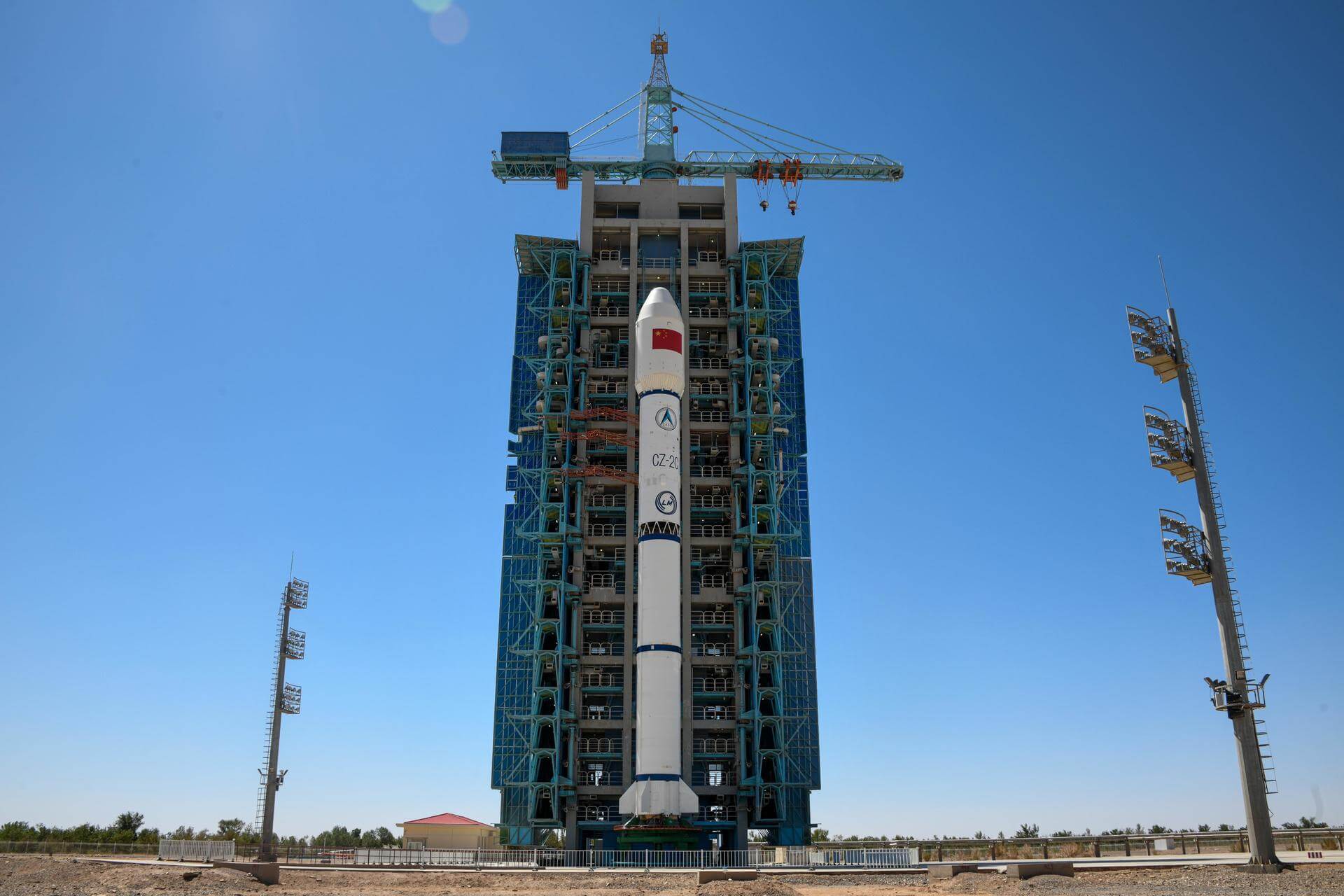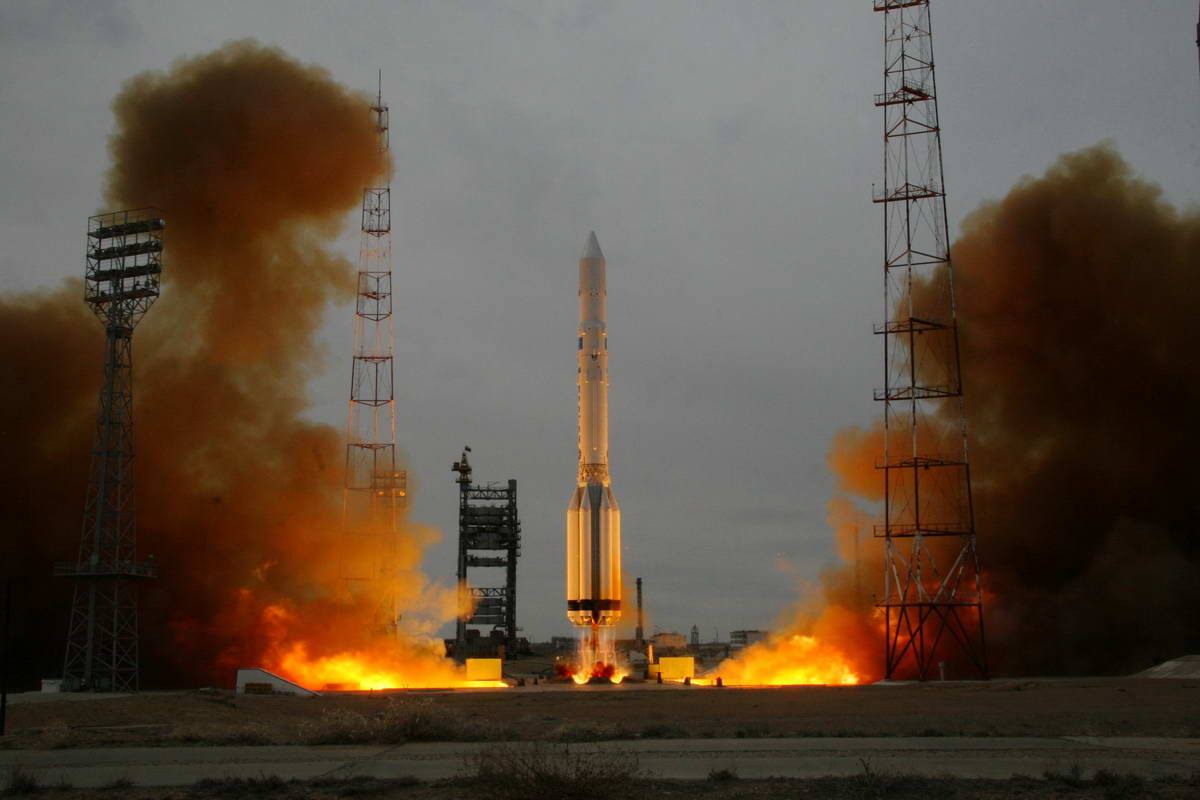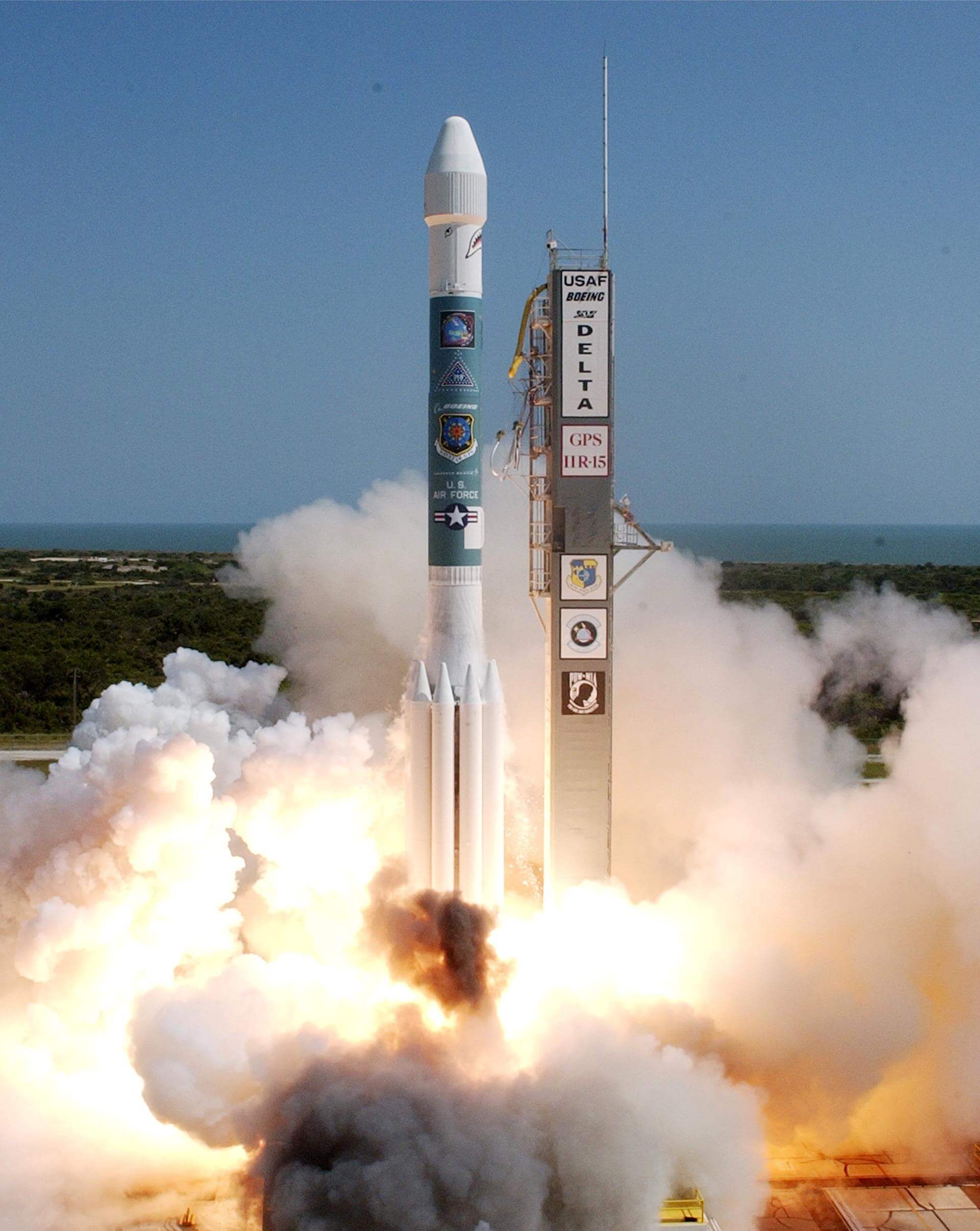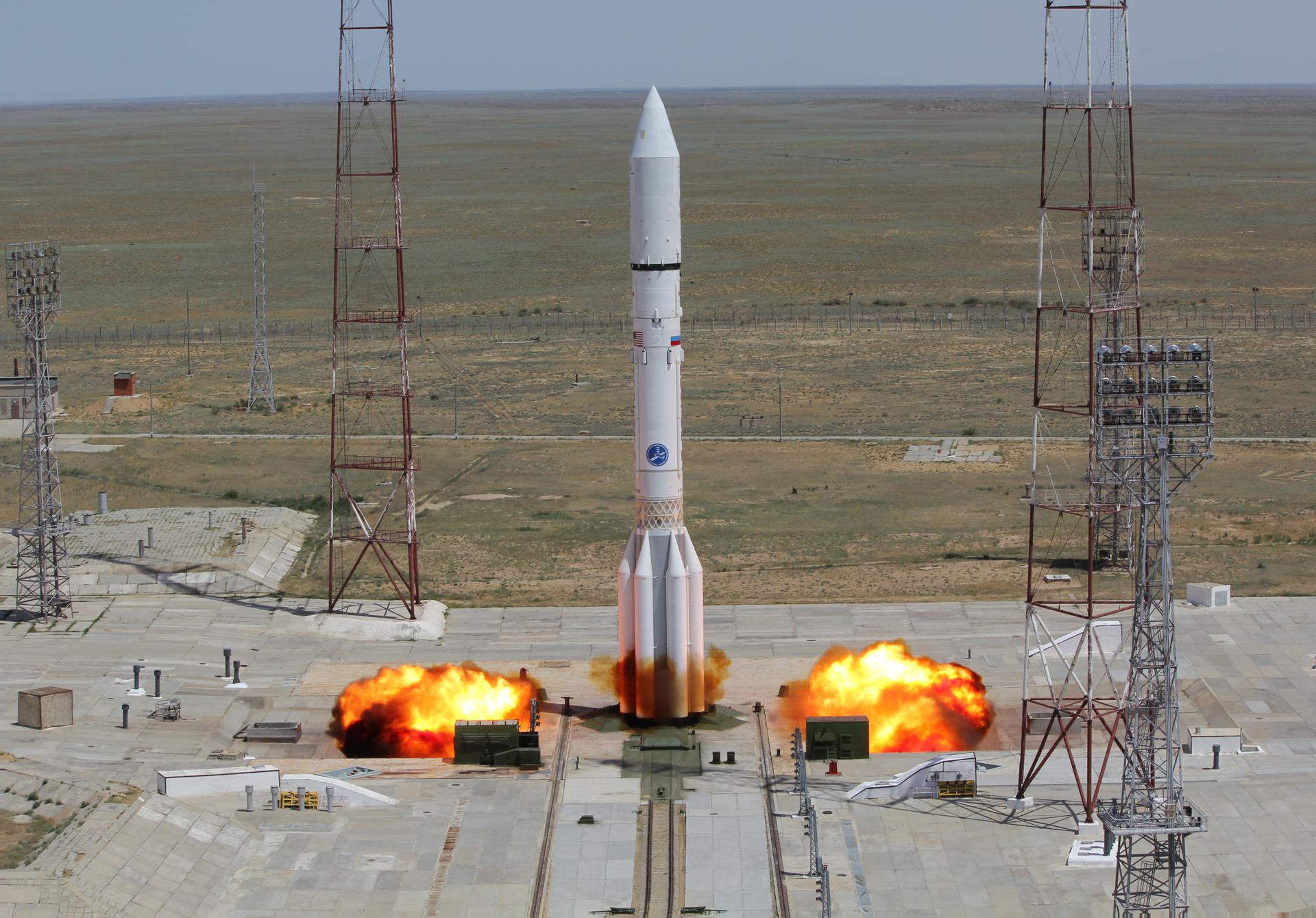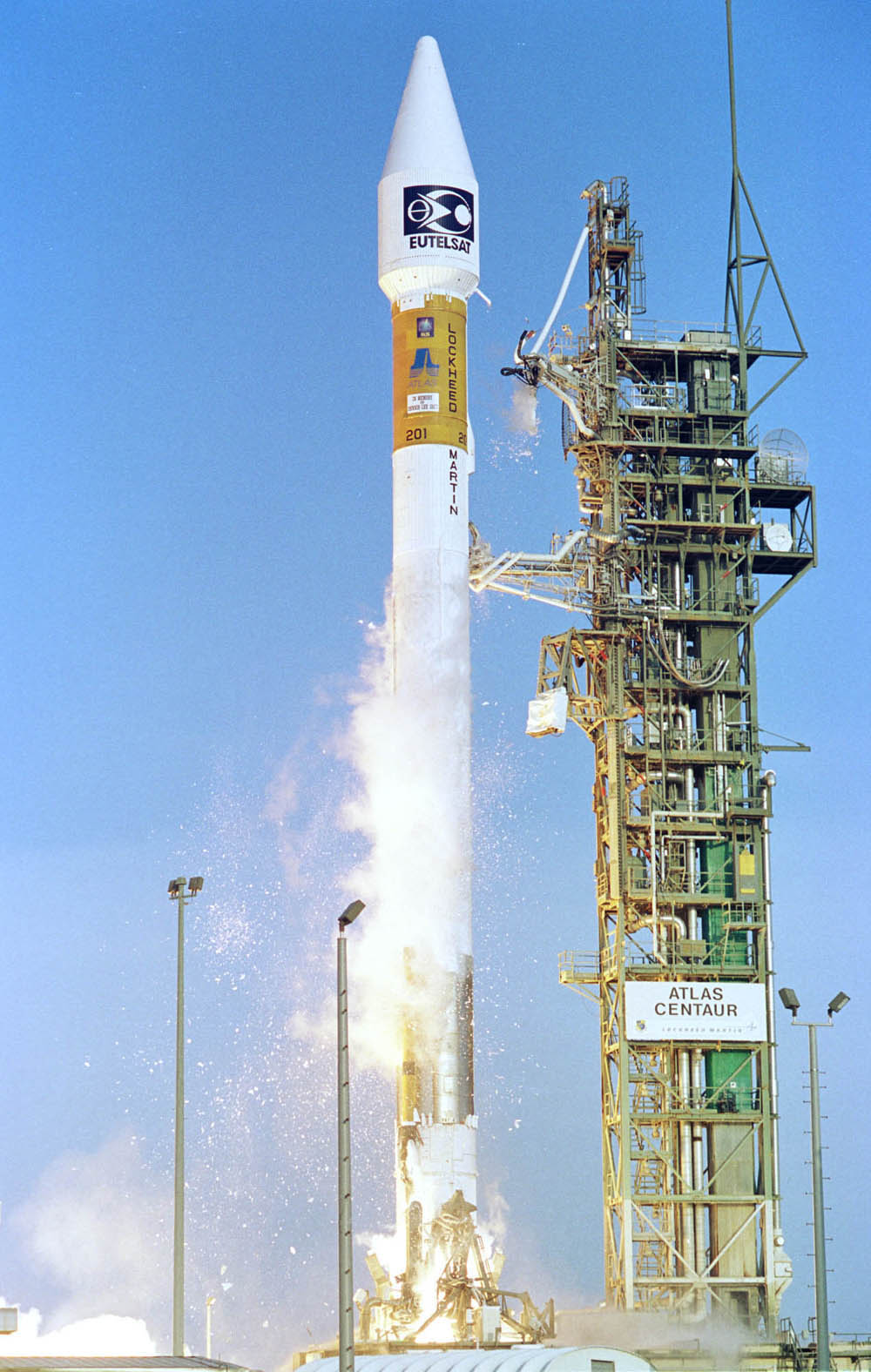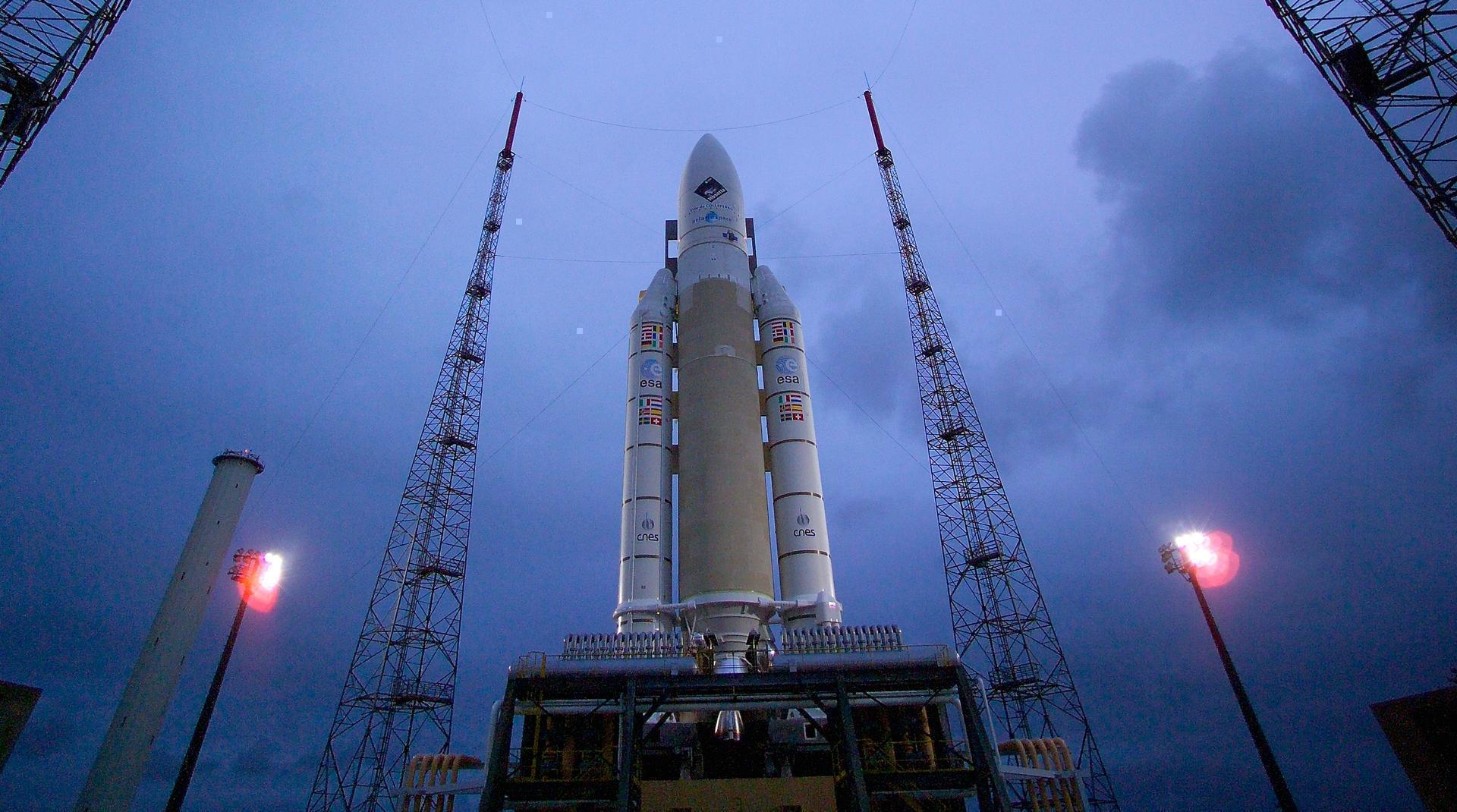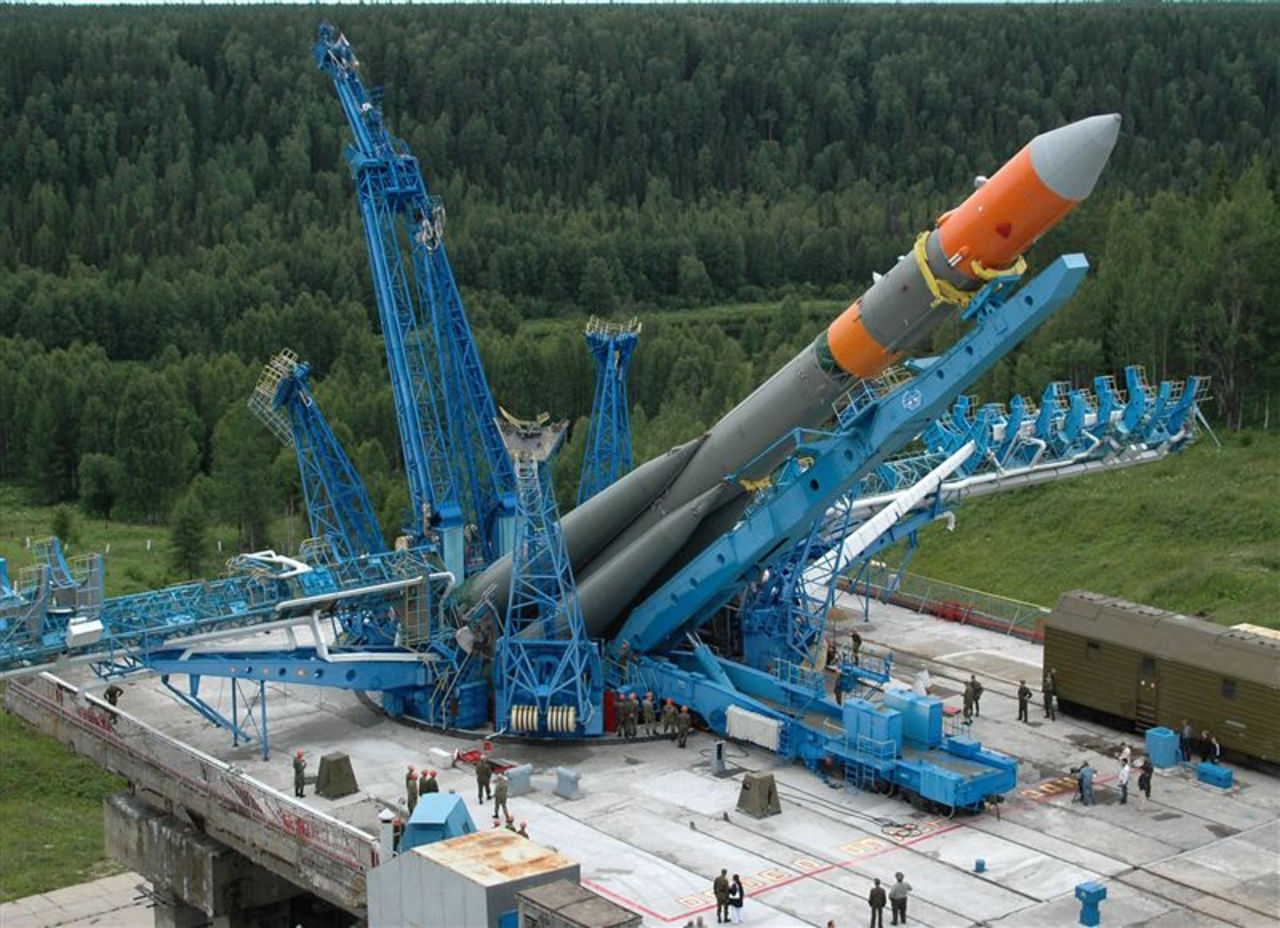Previous Spaceflight Launches
Filter by Agency, Locations or Vehicles
Show All LaunchesLong March 2C | Shiyan Weixing 1
China Aerospace Science and Technology Corporation | ChinaXichang Satellite Launch Center, People's Republic of China
April 18, 2004, 3:59 p.m.
Atlas IIAS | Superbird A2
Lockheed Martin | United States of AmericaCape Canaveral SFS, FL, USA
April 16, 2004, 12:45 a.m.
Status: Launch Successful
Mission:
SUPERBIRD-6, slated for an orbital slot at 158.0 degrees East longitude, will provide business telecommunication services using a Japan Beam for Ku-Band and Ka-Band services along with a steerable spot beam for additional Ka-Band services.
Geostationary OrbitProton | Raduga-1 7
Khrunichev State Research and Production Space Center | RussiaBaikonur Cosmodrome, Republic of Kazakhstan
March 27, 2004, 3:30 a.m.
Delta II | GPS IIR-11
United Launch Alliance | United States of AmericaCape Canaveral SFS, FL, USA
March 20, 2004, 5:53 p.m.
Proton-M | Eutelsat W3A
Khrunichev State Research and Production Space Center | RussiaBaikonur Cosmodrome, Republic of Kazakhstan
March 15, 2004, 11:06 p.m.
Atlas Agena B | MBSAT
Lockheed Martin | United States of AmericaCape Canaveral SFS, FL, USA
March 13, 2004, 5:40 a.m.
Ariane 5 G+ | Rosetta
ArianeGroup | FranceGuiana Space Centre, French Guiana
March 2, 2004, 7:17 a.m.
Molniya-M | Molniya-1T 93
Russian Space Forces | RussiaPlesetsk Cosmodrome, Russian Federation
Feb. 18, 2004, 7:05 a.m.
Titan 402B IUS | DSP 22
Lockheed Martin | United States of AmericaCape Canaveral SFS, FL, USA
Feb. 14, 2004, 6:50 p.m.
Atlas IIAS | AMC 10
Lockheed Martin | United States of AmericaCape Canaveral SFS, FL, USA
Feb. 5, 2004, 11:46 p.m.
Status: Launch Successful
Mission:
These all C-band satellites with 24 active transponders, provide distribution of cable, broadcast television and radio, telecommunications services, business television and broadband data distribution throughout North America, the Caribbean, Latin America, Europe and Asia.
Geostationary Orbit